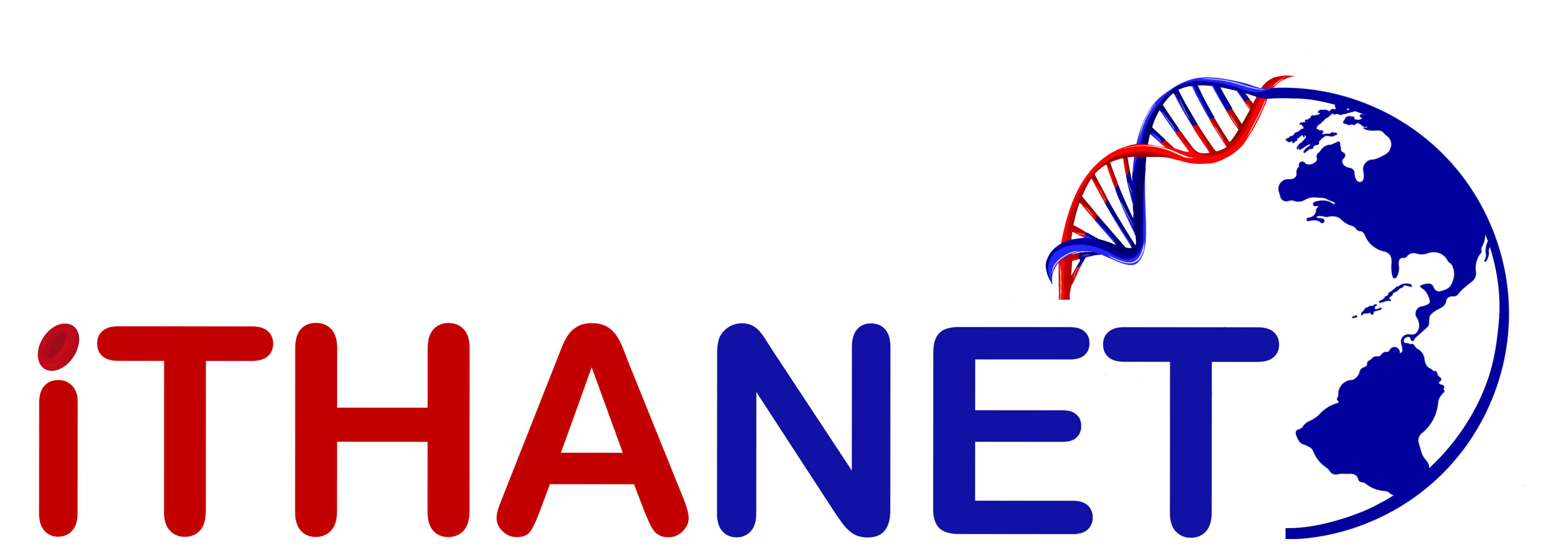
In patients with hereditary anemias (e.g. thalassemias), defective red blood cells are produced due to an error in the genes, or DNA, that provide the instructions for their synthesis. As a result, hereditary anemias are characterized by chronically low hemoglobin, which is contained inside red blood cells and carries oxygen throughout the body. In more severe cases, patients are dependent on frequent blood transfusions to replenish the hemoglobin.
The body has limited ability to get rid of excess iron. However, with repeated blood transfusions, the iron level in the body builds up because the red blood cells contain iron as heme. Over time, the high level of iron accumulates in organs such as the heart, liver, and pancreas causing heart problems, liver failure, and diabetes. As a result, patients who receive multiple blood transfusions need to be monitored for iron overload, and be started on medical therapy in a timely fashion to prevent organ damage. Liver is usually the first and the most affected organ by iron accumulation, so knowledge of its iron concentration provides estimate of total body iron load.
Liver biopsy is the gold standard in measuring the iron concentration in the liver, but it is invasive and cannot be performed on routine basis. MRI is another option that can assess liver iron concentration non-invasively, and is currently recommended for monitoring iron load on a yearly basis. However, MRI has a high cost and is not easily accessible in Canada. The investigators aim to determine if transient elastography (Fibroscan), which is a form of ultrasound that measures liver stiffness, can accurately assess liver iron concentration.
More information: clinicaltrials.gov, ITHANET Clinical Trials





